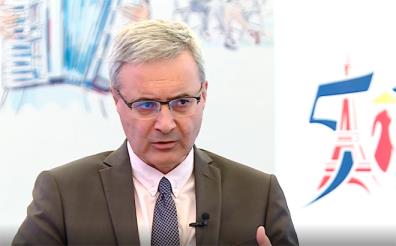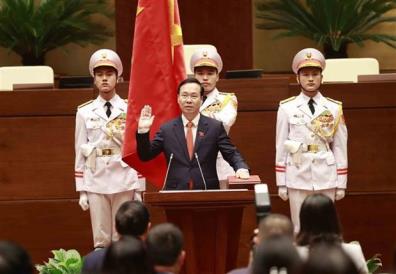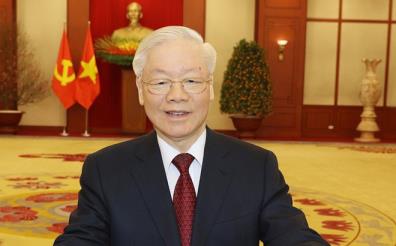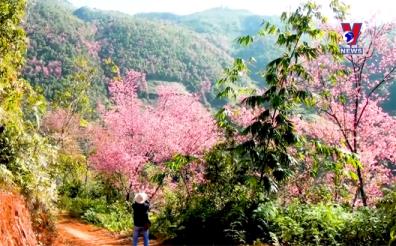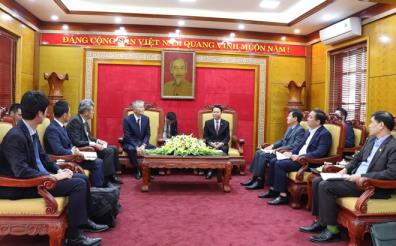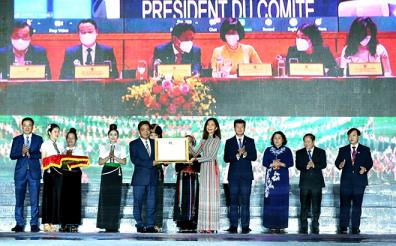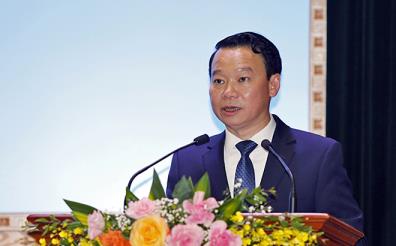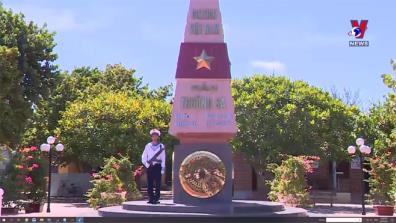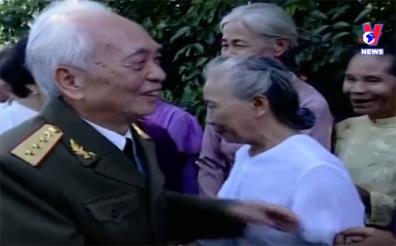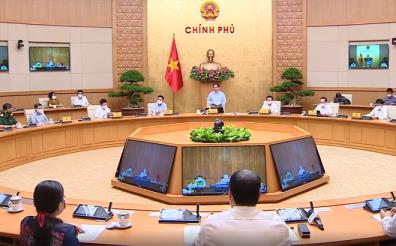Unique worshiping paintings of Dao people
- Wednesday, January 18, 2023
Worshipping paintings is one of the unique cultural values that plays an important role in the spiritual life of Dao ethnic minority people, especially in New Year. Dao worshipping paintings manifest the early man's conception of the universe, the origin history, as well as the relationship between humankind and the universe, the gods and the aspirations in life.
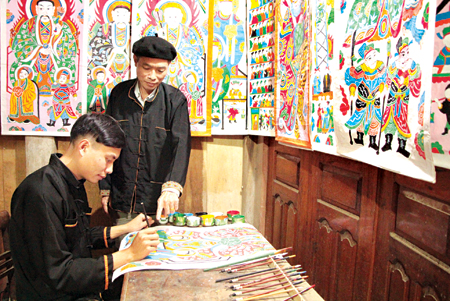
|
|
Teaching the art of making worshipping paintings to the youth
|
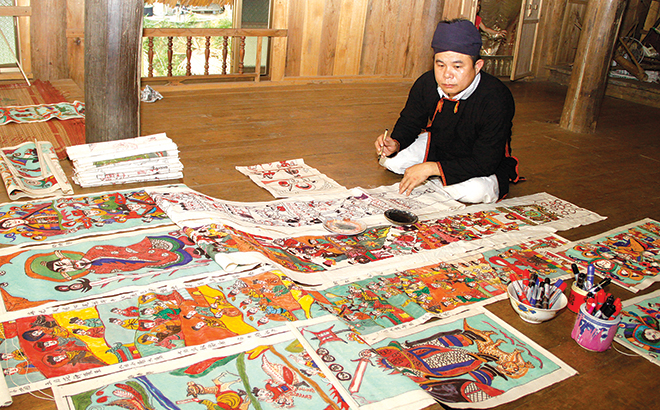
Other news

“Rural market” - a name that sounds so dear, familiar, and simple, never distant to anyone, in any region across Vietnam. Yet, each rural market in every land brings something new and unique that exists only in that place.

In the context of deepening digital transformation, artificial intelligence (AI) has emerged as a key technology, opening up new ways of working and supporting people across various essential fields. Recognizing the benefits that this technology offers, Yen Bai Province has encouraged government officials, civil servants, public employees, workers, and businesses to apply AI in their professional tasks and business operations. This move is considered a crucial step for Yen Bai to seize the opportunities brought by the technological revolution and gradually achieve comprehensive digital transformation.

The agricultural sector is currently facing numerous challenges, including climate change, the dominance of market economies, and unresolved issues such as pesticide residues and antibiotics in livestock farming. As a result, green agriculture has become a prevailing trend, both nationwide and specifically in Yen Bai Province.

In the context of a robust economic recovery, small and medium-sized enterprises (SMEs) continue to affirm their role as the "backbone" of the economy. Recognizing this vital role and proactively institutionalizing major central directives, Yen Bai Province is gradually creating a favorable environment and providing genuine support to help SMEs develop rapidly and sustainably, thereby contributing significantly to the province’s comprehensive socio-economic development.


